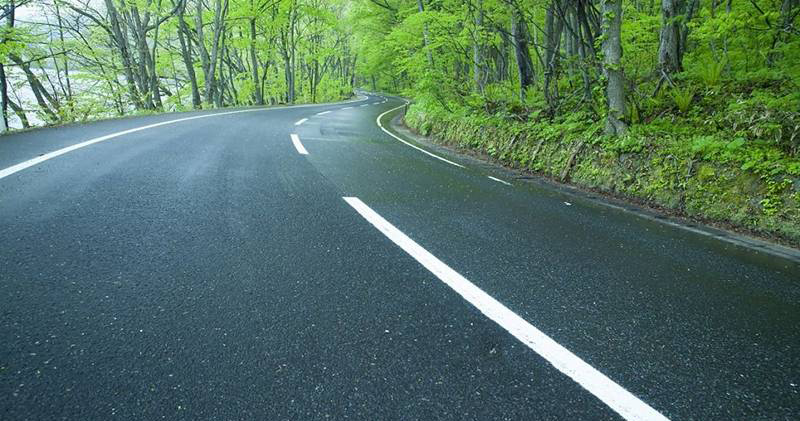
After the asphalt pavement is opened to traffic, as the traffic flow increases and the load increases, some early diseases will slowly begin to appear. Common ones include cracks, potholes, ruts, looseness, surface damage, etc. Among them, cracks are the most common, most likely and earliest disease, and they will accompany the entire life cycle of the road and worsen as the road ages.
The harm of road cracks not only affects the appearance of the road and the comfort of driving. If the cracks are not sealed and repaired in time, they will easily expand further, causing rainwater and other debris to enter the surface structure and roadbed along the cracks, causing structural damage to the road. This will lead to a decrease in the load-bearing capacity of the road surface, accelerate partial or complete damage to the road surface, and thereby shorten the service life of the road.
Common cracks are mainly divided into transverse cracks, longitudinal cracks and network cracks.
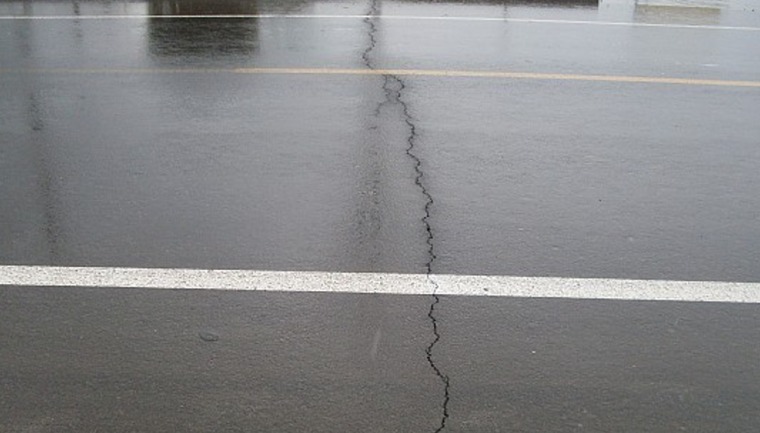
1. Transverse cracks. The main reason is that the horizontal construction joints on the road surface have not been properly handled. The joints are not tight and the bonding is poor. When the temperature drops, the road surface shrinks and causes lateral cracking. In addition, due to improper design of the pavement structure, poor construction quality or serious overloading of vehicles, the tensile stress generated in the asphalt surface layer and semi-rigid base layer exceeds its fatigue strength and causes fracture.
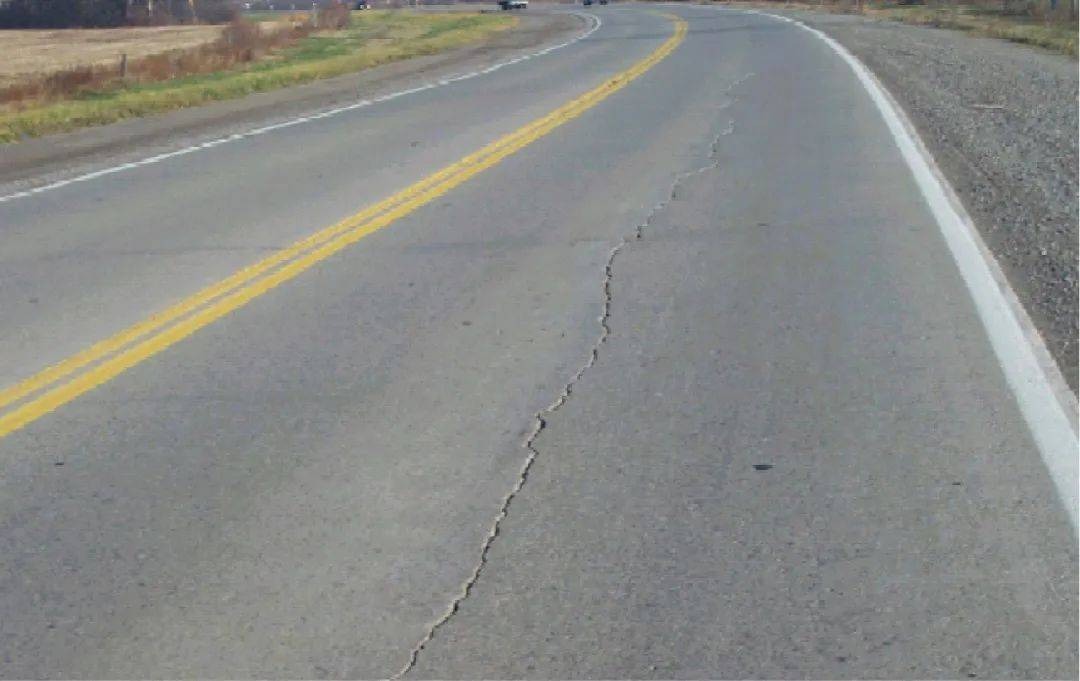
2. Longitudinal cracks. The main cause of longitudinal cracks is that the joints between the two asphalt surfaces are not properly treated when paving the asphalt surface layer in sections. The combination of vehicle load and environmental factors causes the pavement to gradually crack. Uneven compaction of the roadbed and uneven subsidence caused by water immersion at the edges of the roadbed can also lead to longitudinal cracks.
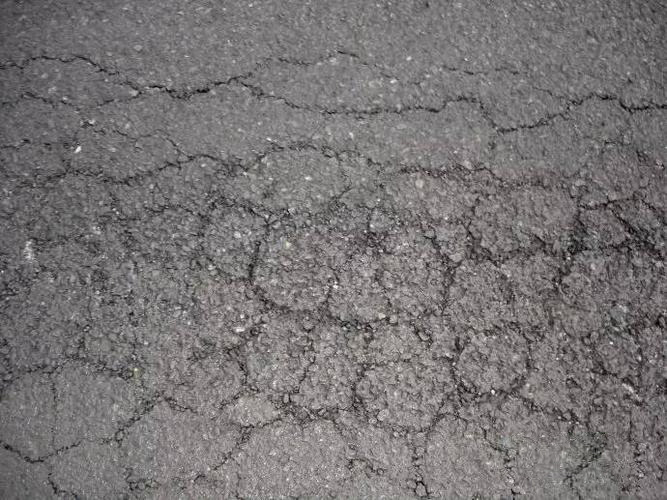
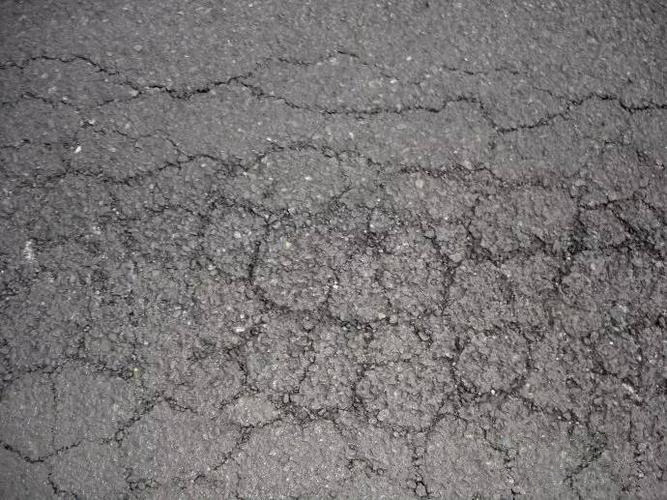
3. Network cracks. The main cause of network cracks is the soft marl layer sandwiched in the pavement structure. The granular layer is loose and has poor water stability. Under load and rainwater immersion, slurry will occur and cracks will occur. In addition, poor quality of asphalt mixture, low asphalt ductility and poor crack resistance, coupled with water infiltration, can also cause pavement cracks.